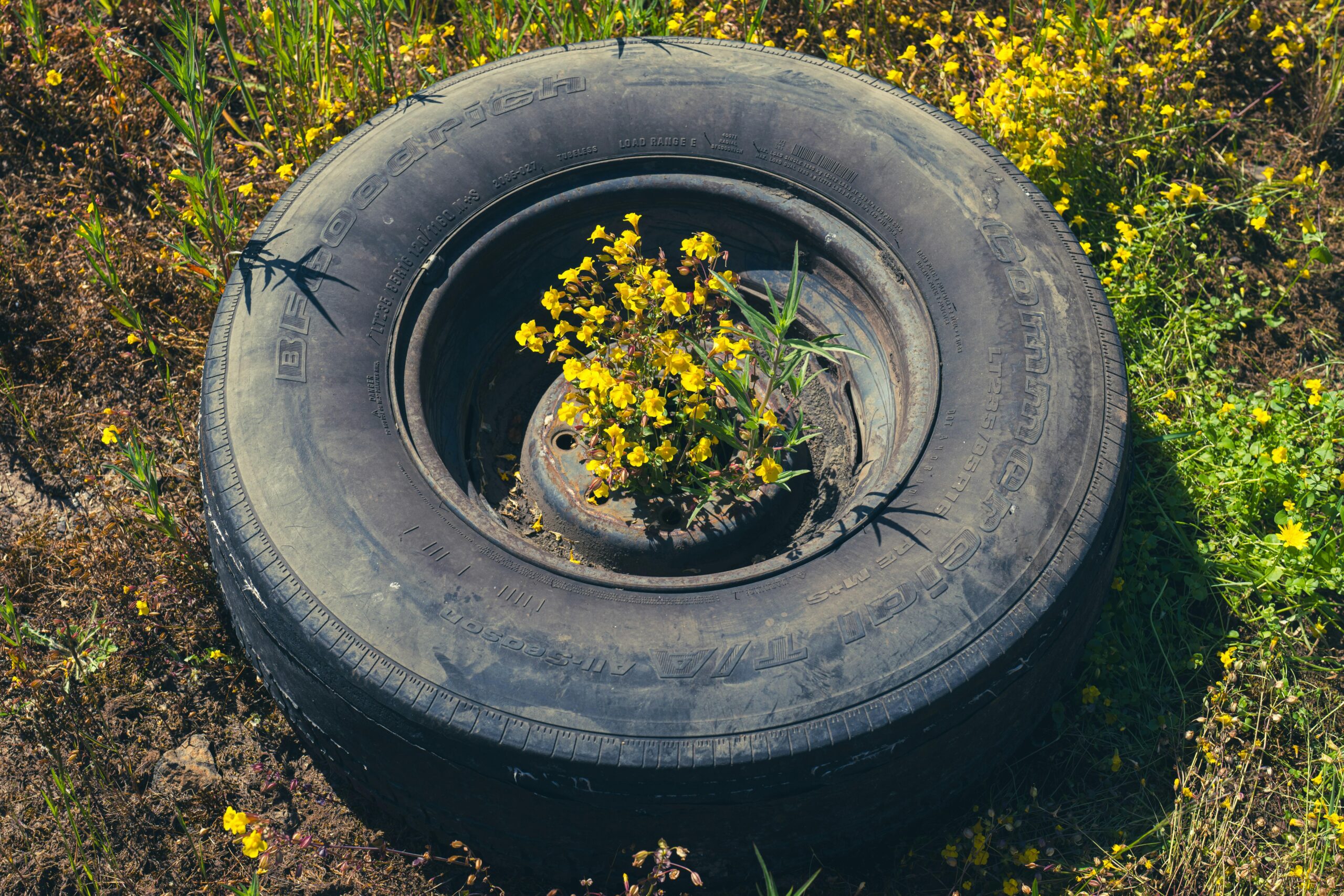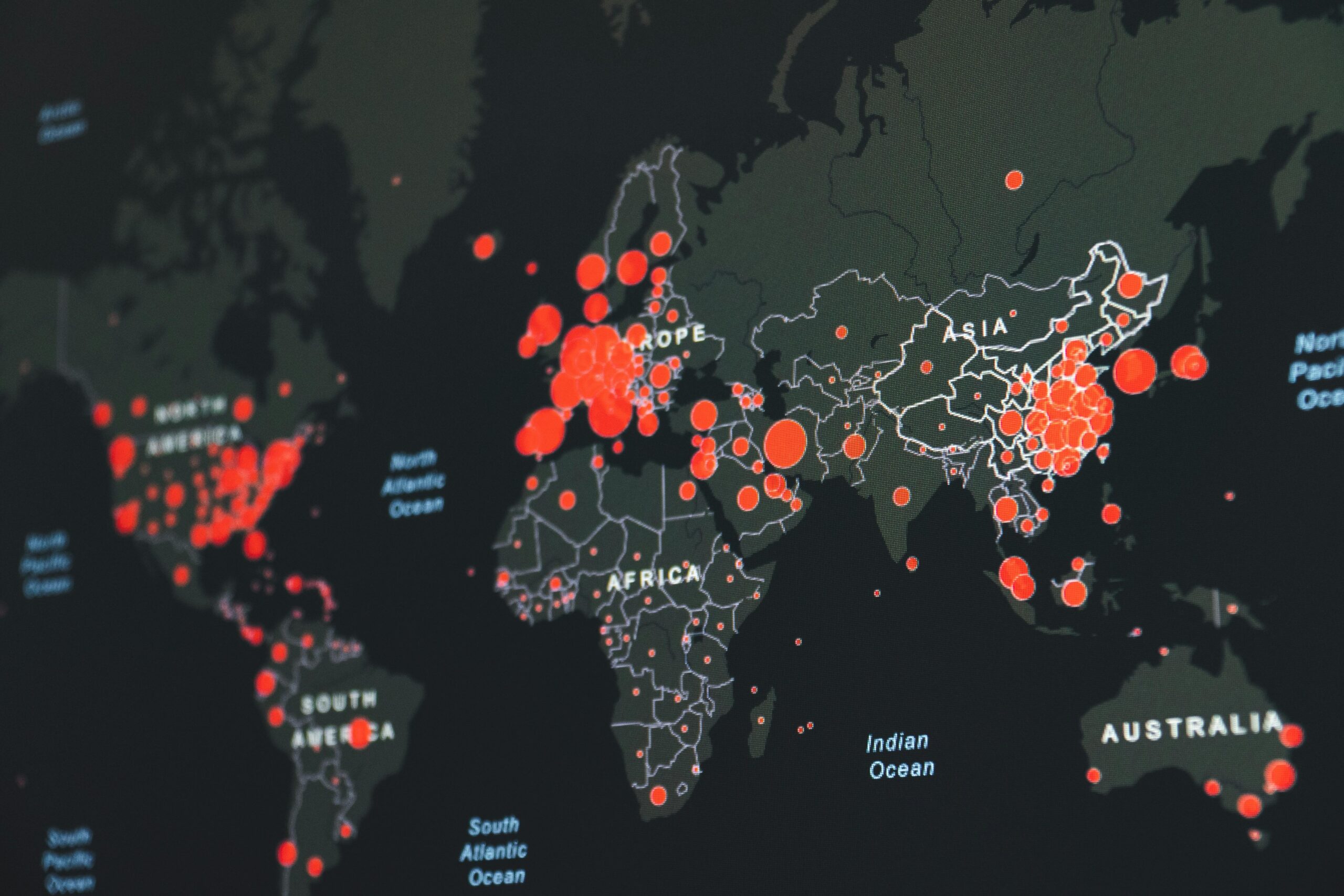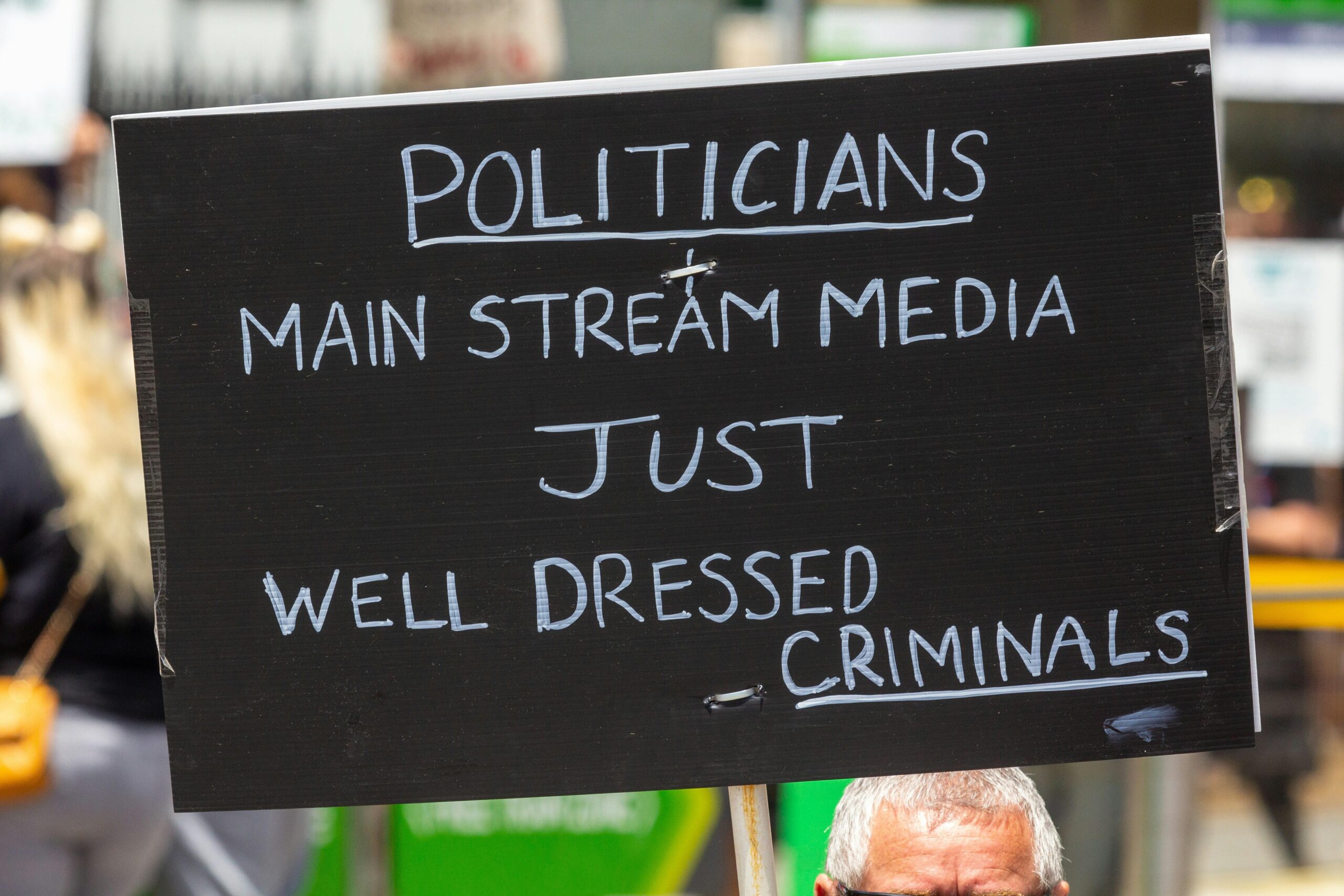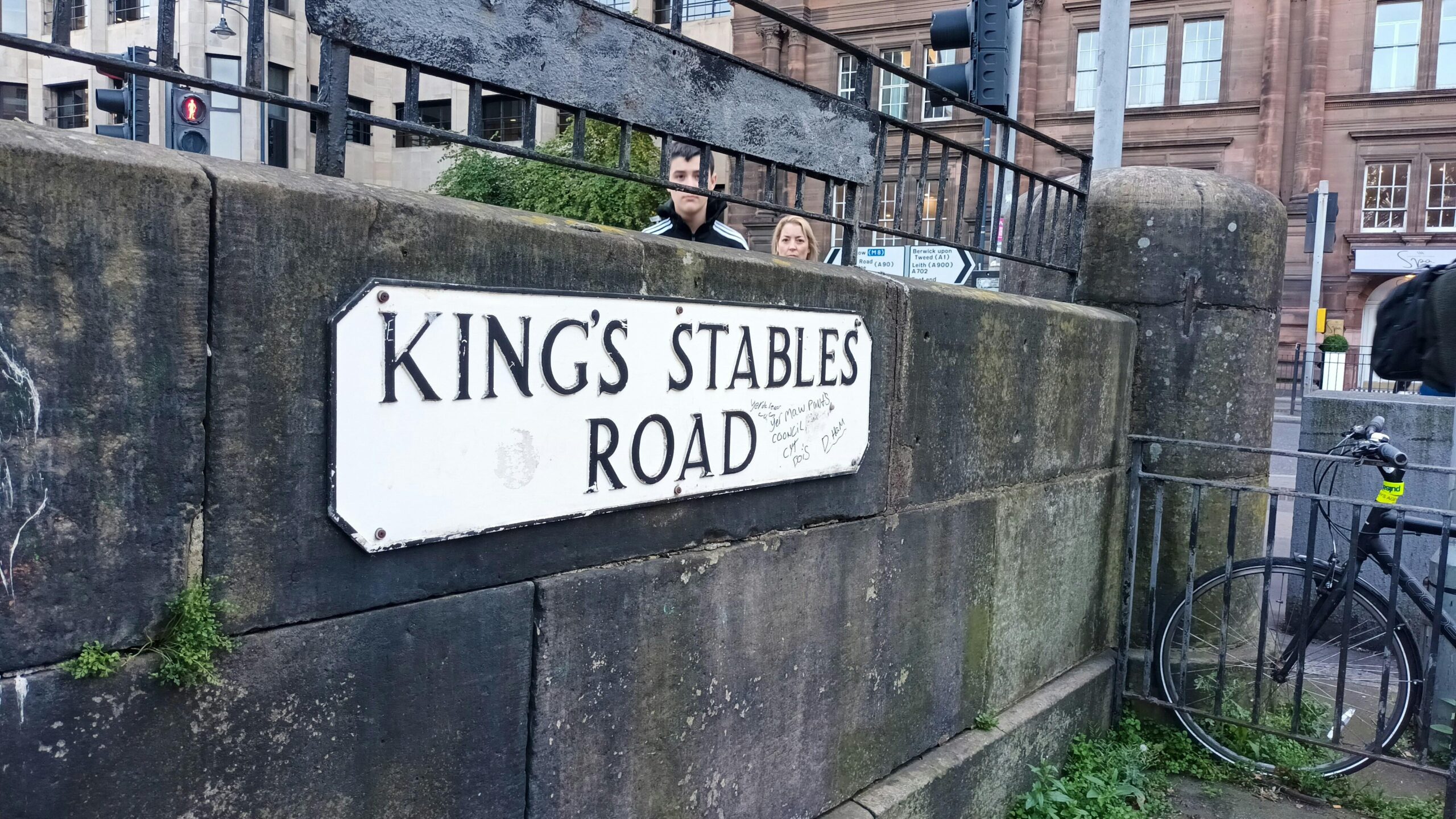Have you ever wondered what lurks beneath the headlines about pollution, deforestation, and wildlife trafficking? Beyond the shocking images and urgent news stories, there’s a hidden world of environmental crimes that ripple across the globe, often out of sight but with consequences we all feel. In this blog, we’re diving deep into the shadowy corners where these crimes unfold—exploring how they’re uncovered, who’s behind them, and why shining a light on these dark deeds is more crucial than ever. Ready to uncover the urgent truths that shake our planet? Let’s get started.
Table of Contents
- Environmental Crimes You Never Knew Were Devastating Our Planet
- Inside the Dark World of Illegal Wildlife Trade and Its Global Impact
- How Toxic Waste Dumping Threatens Communities and Ecosystems
- What We Can Do to Fight Environmental Crime and Protect Our Future
- The Conclusion
Environmental Crimes You Never Knew Were Devastating Our Planet
When we think about environmental destruction, illegal logging or obvious chemical spills might come to mind. However, there’s a shadowy world of less obvious infractions wreaking havoc on ecosystems globally. Cryptic water theft steals from rivers and underground aquifers without leaving easily traceable signs, pushing vital water sources to dangerous lows. Meanwhile, covert soil contamination from improperly discarded industrial byproducts silently poisons farmlands, reducing biodiversity and cutting deep into food security. These hidden offenses often fly under the radar, but their impacts ripple through communities and wild habitats alike.
Consider these lesser-known culprits that disturb the balance of nature:
- Electronic waste dumping: Toxic materials from unregulated e-waste recyclers leach heavy metals into the ground, endangering both soil and water supplies.
- Illegal sand mining: Taken from riverbeds and beaches without authorization, this activity accelerates erosion and destroys aquatic life habitats.
- Ghost fishing gear: Lost or abandoned fishing nets continue to trap and kill marine species for years, silently decimating ocean biodiversity.
- Unauthorized wildlife trade: Trafficking of endangered species disrupts ecosystems and spreads diseases.
Each act may seem small alone, but their combined effect chips away at the earth’s resilience in a way many have yet to grasp.
Inside the Dark World of Illegal Wildlife Trade and Its Global Impact
Beneath the surface of bustling wildlife markets and online auctions lies a shadowy network driven by greed and desperation. This illicit business isn’t just a localized problem; it operates across continents, exploiting vulnerable species and ecosystems. From exotic birds plucked out of rainforests to pangolins smuggled under false documentation, these crimes chip away at biodiversity with alarming speed. What makes this underground economy particularly insidious is the seamless blend of tradition, organized crime, and emerging technology, making enforcement a daunting challenge.
The ripple effects extend far beyond the immediate loss of animal lives. Communities depending on ecological balance face dwindling resources, and fragile habitats fall into disarray. The illegal wildlife trade fuels:
- Economic instability by undermining legal industries such as tourism and sustainable harvesting,
- Public health threats through the spread of zoonotic diseases, and
- Environmental degradation that accelerates climate change impacts.
Understanding these layers is essential to forging global cooperation and innovative solutions that protect not just species, but the intricate web of life we all depend on.
How Toxic Waste Dumping Threatens Communities and Ecosystems
The invisible threat of toxic waste silently creeps into the heart of communities, disrupting daily life and jeopardizing health in ways many fail to see. Contaminated soil, polluted groundwater, and hazardous air emissions often result from improper dumping practices, exposing residents to dangerous chemicals that can lead to chronic illnesses such as cancer, respiratory problems, and neurological disorders. Beyond human health, this insidious pollution seeps into the natural fabric, poisoning flora and fauna alike. Streams once teeming with life become barren, and wildlife populations shrink as ecosystems struggle to maintain equilibrium in the face of chemical onslaughts.
The consequences ripple far beyond immediate surroundings, often escalating into global crises. Toxic waste sites frequently harbor:
- Heavy metals like lead and mercury that accumulate in the food chain, affecting animals and humans alike.
- Persistent organic pollutants (POPs) that resist degradation, lingering for decades.
- Acute chemical spills causing immediate devastation to aquatic habitats.
These factors combine to create a deadly cocktail – one that compromises biodiversity and destabilizes ecosystems, ultimately threatening our planet’s ability to sustain life. Unraveling the magnitude of this environmental crime reveals how deeply intertwined human negligence is with the fate of the natural world.
What We Can Do to Fight Environmental Crime and Protect Our Future
Every act against our environment triggers ripples that impact ecosystems, economies, and communities worldwide. To turn the tide, it’s imperative we embrace a multi-faceted approach. Citizens, governments, and businesses must unite, leveraging innovative technology like satellite monitoring and AI-driven analytics to expose illicit activities hidden in plain sight. Growing awareness through education empowers individuals to spot and report suspicious behavior, transforming them into frontline defenders of the planet.
Concrete steps we can adopt include:
- Supporting whistleblower protection laws to encourage safe reporting of crimes.
- Advocating for stricter penalties on offenders to deter future violations.
- Investing in community-based conservation projects that actively involve locals.
- Boosting funding for environmental watchdog organizations and citizen science initiatives.
Our future hinges on not just catching perpetrators but creating resilient systems that pre-empt environmental damage. Together, with vigilance and commitment, it’s possible to forge a legacy where nature thrives alongside humanity.
The Conclusion
As we peel back the layers of these environmental crimes, it becomes clear just how interconnected our world truly is—and how the actions of a few can ripple across continents and ecosystems. There’s still so much beneath the surface waiting to be uncovered, and every revelation challenges us to think differently about justice, responsibility, and the future of our planet. Keep your eyes open and your curiosity alive; the story of our environment is far from over, and each of us has a role in uncovering the truths that can help shape a cleaner, safer world.











